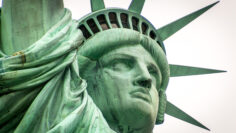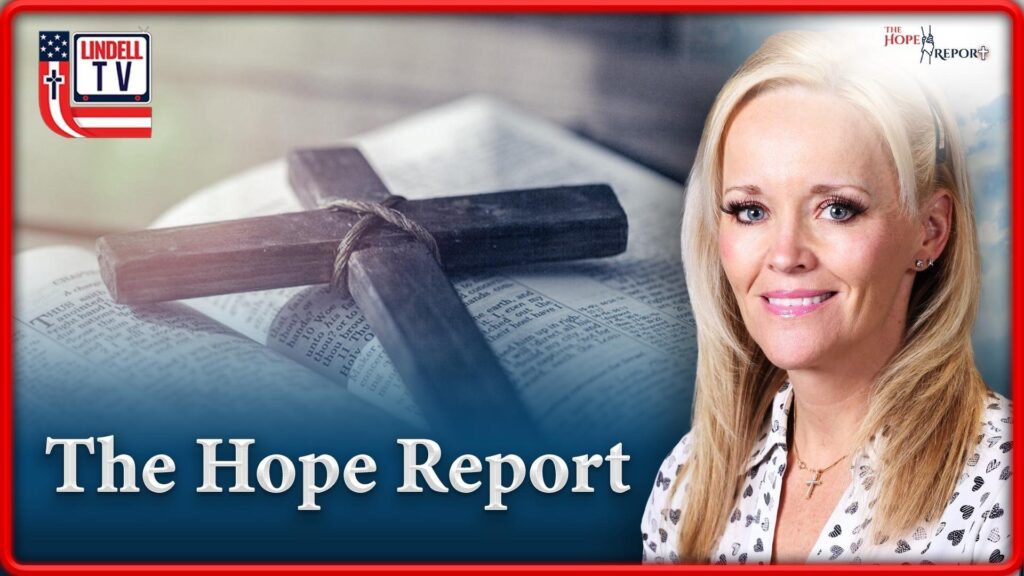
The X-Report- The true origins of Halloween
Weekly Column | By Easton Martin | October 29, 2025
Every year, Halloween arrives and divides the church, as many Christians regard the day as a harmless tradition where children dress as characters and collect candy, while others view it as a celebration of death associated with demons and pagan rites. Modern celebrations often emphasize mortality, and some non-Christians use the day to honor evil, yet historical evidence does not support claims that Halloween originates from pagan worship.
Scholars frequently link Halloween to the ancient Celtic festival of Samhain, suggesting that it honored the dead, but this theory encounters serious difficulties, since ancient texts make no mention of Samhain as a commemoration of the dead and provide no description of religious ceremonies tied to the day. Historian Ronald Hutton examined ancient Britain and found that Samhain marked the start of winter, with expectations of supernatural encounters, although exact practices remain unclear, and popular beliefs about the timing of Samhain lack historical basis, as no early authors recorded the festival’s date.
Some suggest that Christians moved All Saints Day from May 13 to November 1 to replace Samhain, but historical records tell a different story, as the Carmen and Missa Benedicta, liturgical poems by Saint Ephrem, describe May 13 as a day honoring martyrs who died under pagan rulers. Syrian churches celebrated All Saints during Paschal week, Greek churches on the Sunday after Pentecost, and Roman churches gradually observed the feast on May 13, while Germanic, French, and English churches later chose November 1, which Pope Gregory eventually established as the official date for the Roman Catholic Church, with no documented connection to Samhain. In Ireland, early medieval churches marked All Saints Day on April 20, showing that November 1 did not arise from Celtic influence, and Hutton notes that the feast originated in Christian Europe, likely to celebrate a grand festival at winter’s onset rather than from pagan practices.
All Saints Day focused on saints in heaven, and celebrations on All Hallows Eve developed centuries later, while All Souls Day, observed on November 2, commemorated souls in purgatory, with folk customs arising, including Irish peasants ringing bells and banging pots to prevent mischief by wandering spirits.
Modern customs such as trick-or-treating emerged when cultures merged in the United States, as French immigrants brought traditions of dressing up for All Souls Day to recall the dead and human mortality, which intermarriage with Irish settlers shifted to Halloween, blending French death dances with Irish rituals surrounding wandering souls, while English traditions contributed another layer, since Guy Fawkes Day on November 5 involved bonfires, masks, and pranks that colonists brought to America, and although Guy Fawkes faded from memory, these customs merged with Halloween celebrations already associated with death and mischief.
By the early twentieth century, Halloween gained a reputation for pranks and disorder, as widespread chaos in 1933 earned the year the label Black Halloween, prompting businesses and newspapers to organize parties that redirected children into games, costume contests, and decorations, while candy makers seized the opportunity to profit, and the phrase trick-or-treat appeared in the late 1930s, with adults offering sweets to prevent pranks, transforming Halloween from a religious observance into a secular celebration that retained no identifiable pagan influence.
Many Christians continue to hesitate in participating, while others embrace safe and innocent alternatives, as children dress as superheroes or cartoon characters and collect candy, and churches host trunk-or-treat events, allowing families to enjoy costumes and sweets without engaging in death-centered rituals, with participation not involving inherent sin and offering space for wholesome celebration.




























